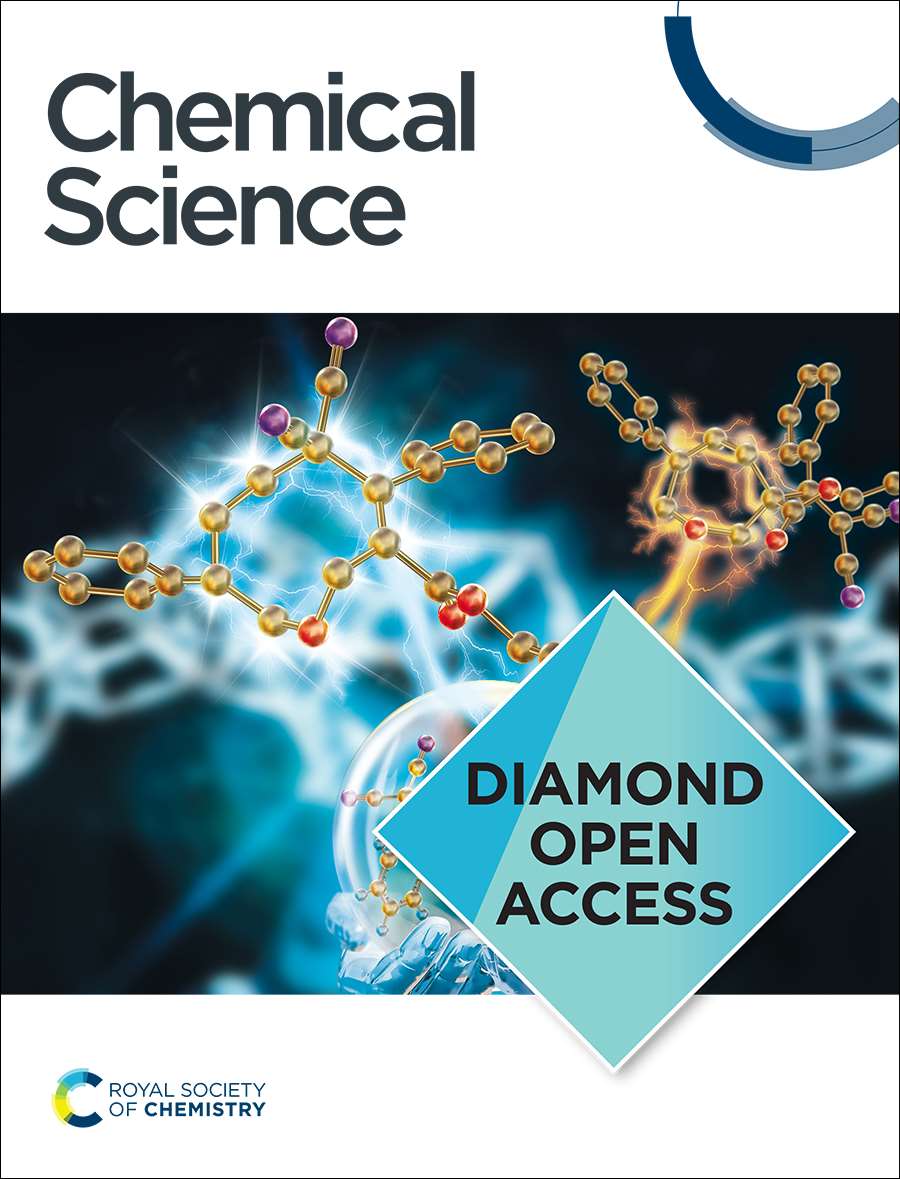A bioimmune mechanism-inspired targeted elimination mechanism on the anode interface for zinc–iodine batteries
IF 7.6
1区 化学
Q1 CHEMISTRY, MULTIDISCIPLINARY
引用次数: 0
Abstract
Alkaline byproducts at the zinc anode interface continue to exacerbate subsequent side reactions, so realizing timely salvage of electrodes is equally important compared to upfront prevention strategies. Although the utilization of acid electrolytes could eliminate by-products on the Zn anode, they inevitably exacerbate the undesired hydrogen evolution reaction. Therefore, achieving elimination of by-products without exacerbating other side reactions is urgently needed. Inspired by the immune protection mechanisms in organisms, facile cysteamine hydrochloride (Cy-H) additives were incorporated into the aqueous electrolyte to stabilize the anode. Concretely, the Cy-H additives can reconstruct the electrical double layer (EDL) on the Zn anode and inhibit drastic parasitic reactions and cooperate with electric fields and acidic environments, thus achieving the desired effect of targeted elimination of alkaline by-products. Ultimately, with a long calendar lifespan of 2000 h with a Zn anode carrying by-products and outstanding performance over 8000 cycles for the Zn‖I2 full cell, the assembled pouch battery also achieved 1000 cycles without capacity degradation. To further promote the practical applications, the inhibition mechanism of Cy-H additives on full-cell self-discharge was revealed. This work provides new insights for the use of strong acid electrolytes and the elimination of interfacial by-products in aqueous zinc–iodine batteries.

基于生物免疫机制的锌-碘电池阳极界面靶向消除机制
锌阳极界面的碱性副产物继续加剧随后的副反应,因此与预先预防策略相比,及时挽救电极同样重要。虽然使用酸性电解质可以消除锌阳极上的副产物,但它们不可避免地加剧了不希望发生的析氢反应。因此,迫切需要在不加剧其他副反应的情况下消除副产物。受生物体免疫保护机制的启发,易溶半胱胺盐酸盐(Cy-H)添加剂被加入到水电解质中以稳定阳极。具体来说,Cy-H添加剂可以重建Zn阳极上的电双层(EDL),抑制剧烈的寄生反应,并与电场和酸性环境配合,从而达到靶向消除碱性副产物的预期效果。最终,具有2000小时的长日历寿命,锌阳极携带副产物,并且Zn‖I2全电池的出色性能超过8000次循环,组装的袋式电池也实现了1000次循环而没有容量下降。为了进一步促进实际应用,揭示了Cy-H添加剂对全电池自放电的抑制机理。这项工作为强酸电解质的使用和水相锌碘电池界面副产物的消除提供了新的见解。
本文章由计算机程序翻译,如有差异,请以英文原文为准。
求助全文
约1分钟内获得全文
求助全文
来源期刊

Chemical Science
CHEMISTRY, MULTIDISCIPLINARY-
CiteScore
14.40
自引率
4.80%
发文量
1352
审稿时长
2.1 months
期刊介绍:
Chemical Science is a journal that encompasses various disciplines within the chemical sciences. Its scope includes publishing ground-breaking research with significant implications for its respective field, as well as appealing to a wider audience in related areas. To be considered for publication, articles must showcase innovative and original advances in their field of study and be presented in a manner that is understandable to scientists from diverse backgrounds. However, the journal generally does not publish highly specialized research.
 求助内容:
求助内容: 应助结果提醒方式:
应助结果提醒方式:


